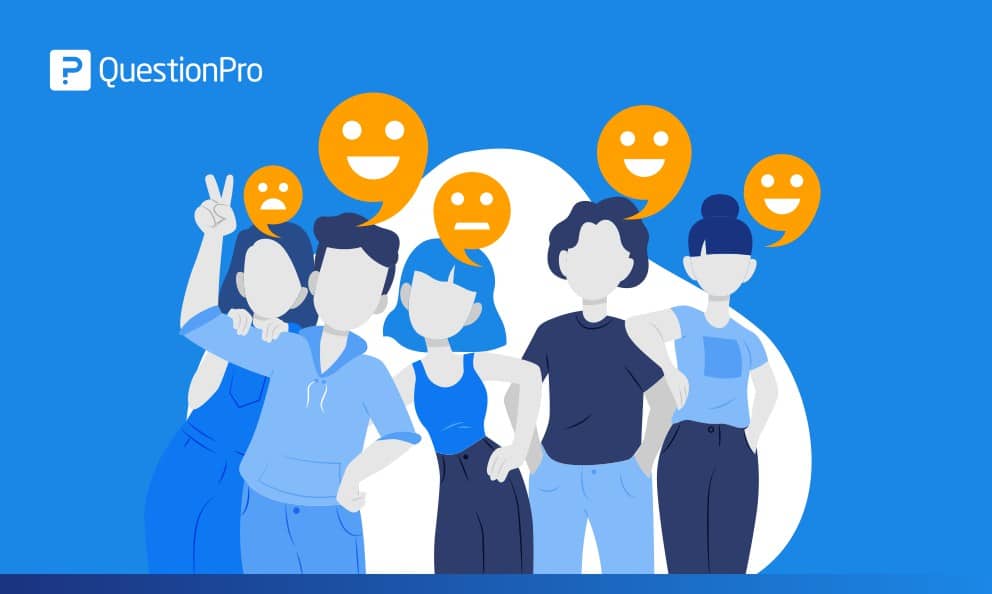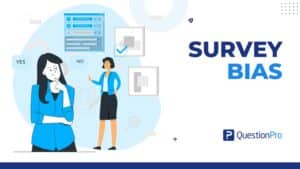
Not many would say that taking traditional surveys is a fascinating experience. Getting in touch with today’s internet user is turning out to be more challenging. There are multiple articles of people earning up to $1,000 per month through paid online surveys and it only takes a few minutes to sign up and get started. The problem is, there are plenty of paid online survey companies out there that aren’t legitimate. They don’t pay enough, they don’t pay on time or they are just a complete scam.
People are growing tired of the onrush of feedback requests with research showing 70% of respondents confessed that they abandoned a survey before completing it. Just 9% of the respondents thoughtfully take the time to respond to long surveys.
Reasons why respondents avoid taking surveys
- Impersonal – Everyone wants to feel special. Respondents want to feel like their feedback is important. If a surveyor wants them to spend their time completing the survey, then at least the surveyor should spend some time personalizing their survey taking experience.
- No resolution – As an important part of the feedback experience, it is important to close the loop. If individuals have spent the time providing feedback, they’d like to know it has at least been acknowledged. Respondents like to see some action or results. Very often feedback is given but that’s the end of it.
- Length – As an example, if somebody lands on a survey and sees page 1 of 12 or after navigating through the first page they see they are only on 5% through the survey, they may get demotivated. Do companies really need to know so much?
- Boredom – Surveys come with little or no level of interaction. If somebody has a list of 30 questions with no response, no reactions, no empathy then this becomes a little tedious. Try injecting some engagement to it. Who said the feedback has to be boring?
- Repetitive – Who does not hate monotony? If the same type of question is asked repeatedly, respondents start to lose the will to answer correctly and end up just randomly clicking through the survey to end the ordeal.
According to a report on survey taking experience conducted by CustomerThermometer, research shows that only 9% of people take time to answer long surveys thoughtfully. And 70% of people said they have abandoned a survey before finishing it for being too long. If the survey isn’t short and to the point, researchers are in for a low response rate and heavily skewed results. “Quick” is a keyword for customers wanting to give companies feedback. Anything lengthy, whether online or offline, was disliked.
So what kind of surveys do respondents actually like?
It’s interesting to note that when there’s a compelling event or reason, and something is sent at the right time, customers are happier to respond. This is most likely because they appreciate there’s a reason for the contact. Respondents, don’t want to wait for days or weeks after an event to give inputs. It’s clear that customers prefer to give feedback using short and “to the point” mechanisms. A quick poll or survey is loved by most respondents if not all and it goes a long way in their survey taking experience.
- While distributing the survey via email and the word survey is not used in the subject line, the survey response increases by 10%.
- According to an article published in the International Journal of Public Opinion Research, personalized survey requests have shown to have a 7.8% higher survey response rate than non-personalized survey requests.
- Sending out a reminder of a survey a few days after first sending it out can increase the survey response by 14% each time a reminder is sent out.
- Sending out a survey request with a vague subject line or request reduces the response rate by 11% instead of a specific survey request.
- There is an average drop of 17% if the survey has more than 12 questions or takes more than 5 minutes to complete.
- The drop is higher up to even 40% if the survey takes more than 10 minutes to complete.
- When motivated to complete a survey response with monetary or non-monetary benefits or any other form of incentives can swell the survey response to even up to 85% from 2%.
The bottom line is the survey response rate increases when the survey design is good and the respondent has a very high brand recall. On average though, taking into consideration a lot of the above factors and taking an average of them, the average survey response rate is 33%.







